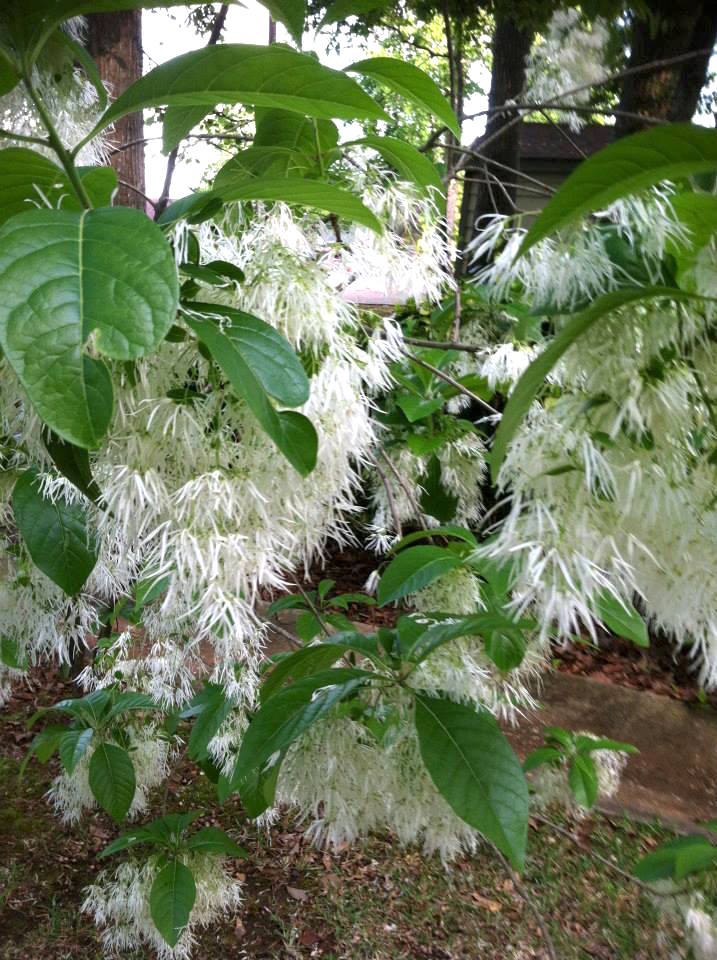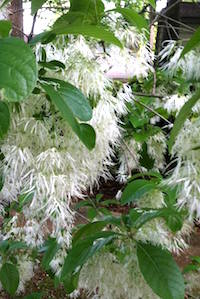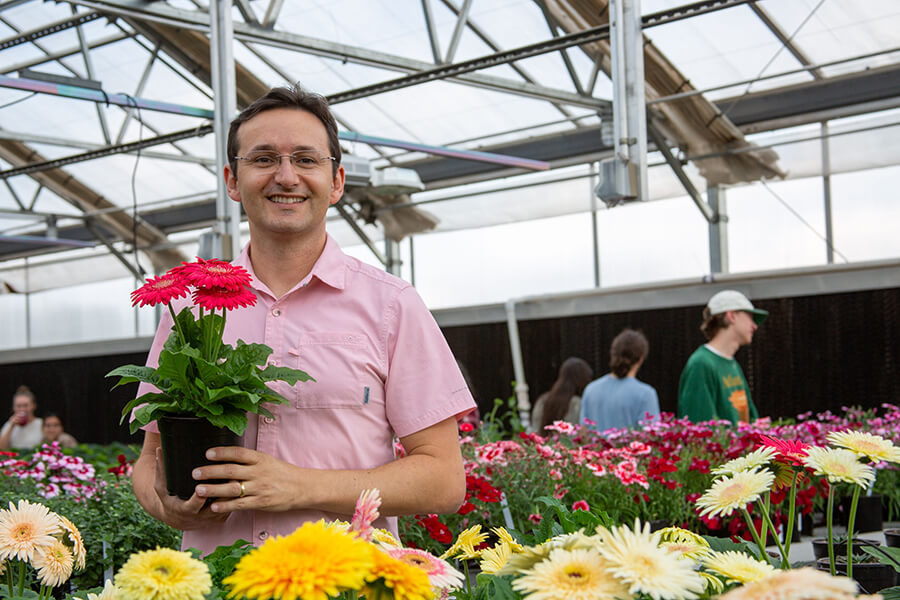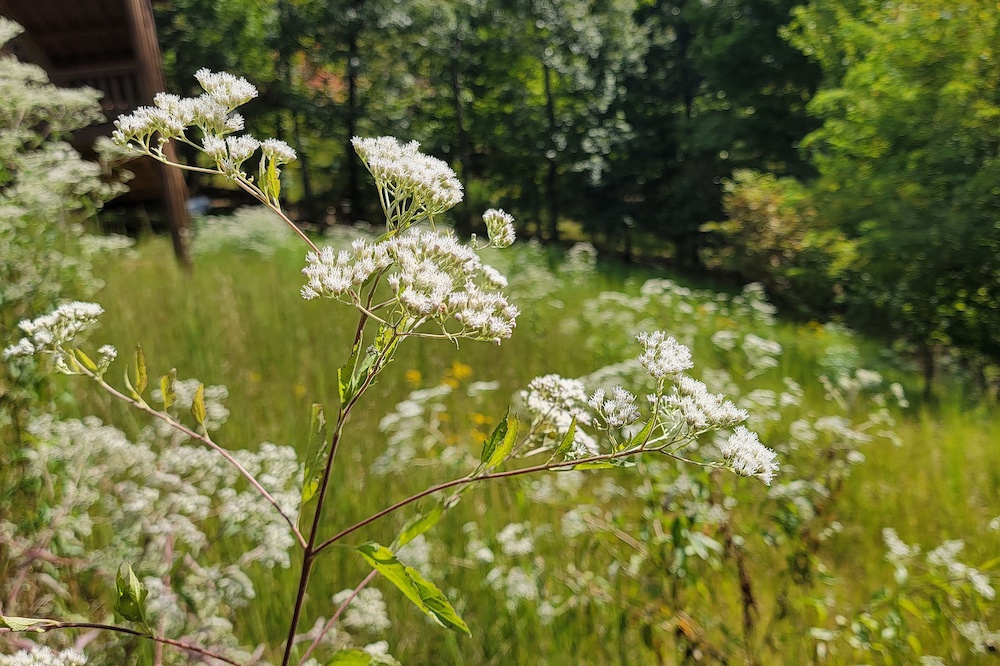When I set about building the landscape at my house in 2015, I selected plants based on a number of criteria. The factors I considered included edible fruits; aesthetics, such as blooms, foliage colors and textures; bloom season; adaptability; and price. A successful landscape incorporates these factors with design to create something that has multi-season interest.
In my opinion, a home landscape should go beyond a visual experience. It should say “someone lives here.” I realized last year that I was not paying enough attention to all of my senses when selecting plants. I had done a good job of mixing textures and bloom colors from plants that perform well in our area, but I was completely overlooking my nose and not judging plants on fragrance.
Sure, I have a big southern magnolia that came with the property and herbs that I planted, but other than that, my landscape experience was the same whether I was in my truck with the windows up or outside knee-deep in weeds.
Smell, or the chemoreception of olfaction, is crucial to many human functions like taste, memory and emotion. Scent is produced in plants by the evaporation of essential oils contained in the plant. Why certain plants developed fragrance is a matter of biology.
Fragrant blooms attract insects, bats, and hummingbird pollinators to transfer pollen and create fertile seeds. Scent will often decrease or fade once the flower has been pollinated. Fragrance strength and quality can be affected by environmental factors such as humidity, soil moisture and nutrients.
Scent is not limited to flowers. It can be found in leaves, roots, stems bark and seeds, too. Cinnamon is obtained from the inner park of trees in the Cinnamomum genus. For most of my 20s, I lived on various islands in the Pacific where sandalwood is a major industry. The oils from sandalwood are so valuable that the entire tree is harvested, roots and all, for processing.
Minty, oily or sharp smells in foliage of certain plants play a defensive role. These smells come from chemicals that are often toxic to animals or insects. Oil in fragrant leaves may also help to reduce moisture loss in hot dry conditions.
When placing fragrant plants in the landscape, avoid placing them in windy or open locations to help keep smells from dissipating. Instead, plant them near the home or walkways, and in areas that will be sheltered by surrounding shrubs, trees and fences. Plants with fragrant foliage need to be bruised or crushed to release their scent. Place these plants in areas where they can be brushed against or stepped on.
Not all fragrances are appealing to everyone. Heck, I once knew a girl that loved the smell of gasoline. One of my favorite garden fragrances comes from the tuberose. However, a friend recently visited my garden and told me he did not care for it because it was often used in funeral arrangements. Perhaps the only fragrance that is universally agreed upon is that of Bradford Pears. They smell like some form of rotting fish and do not, in my opinion, belong in a landscape.
Here are some plants University of Georgia Cooperative Extension recommends planting to fill your landscape with pleasant fragrance.
Annuals: Marigolds, verbena, sweet pea, petunia, sweet alyssum and Nicotiana (Night Scented Tobacco).
Perennials: Dianthus, hosta (certain varieties), peony, herbs, bearded iris, Salvia, phlox and bee balm.
Bulbs: Hyacinth, tuberose, Narcissus, acidanthera and Oriental lily.
Shrubs: Gardenia, rose (especially old-fashioned [a1] types), Illicium parviflorum (anise), native azaleas, Sarcococca ruscifolia (fragrant sweet box), fragrant tea olive, Edgeworthia chrysantha (paper bush), Clethra alnifolia (summersweet), Lindera benzoin (spicebush) and Viburnum (certain varieties).
Vines: Carolina jessamine, confederate jasmine, Clematis armandii ‘Snowdrift,’ and annual vining plants like moonflower and hyacinth bean.
Trees: Cladrastis kentukea (American yellowwood), linden, Vitex (chaste tree), magnolia, Chionanthus virginicus (white fringetree or grancy graybeard) and apple.
For more landscape advice from UGA Extension, read the publications on the topic at extension.uga.edu/publications.








